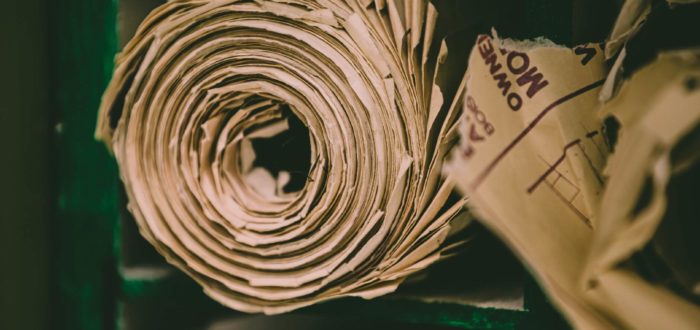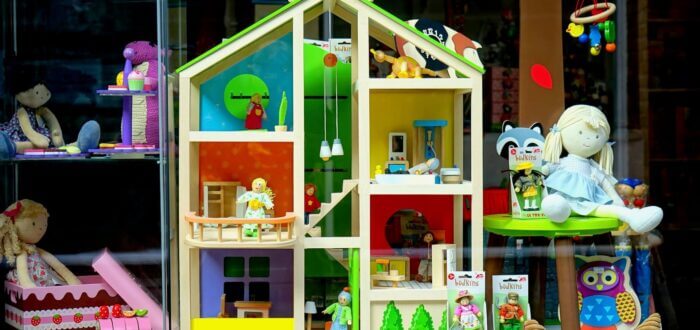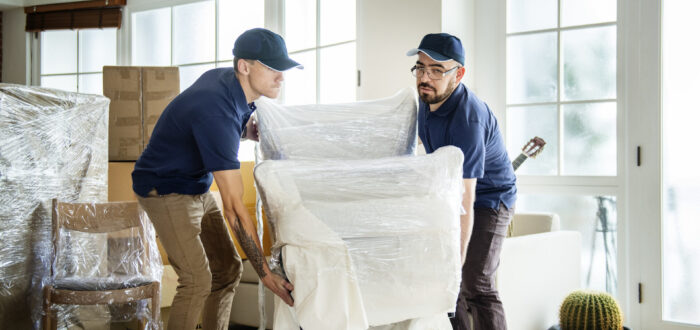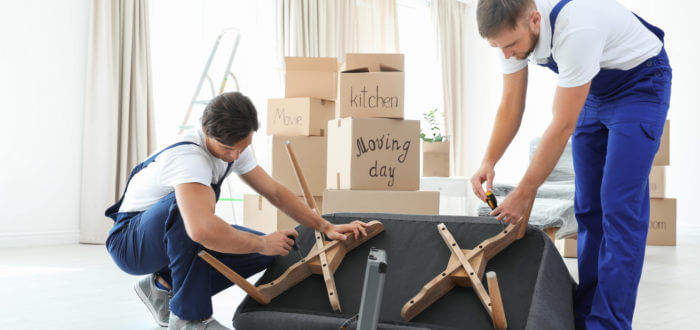

Green Moves: Importance of Embracing Eco-Friendly Packaging Materials
Posted in Moving Essentials on September 20, 2023
In an age where environmental concerns dominate the global discourse, the shift towards eco-friendly packaging materials has never been more crucial. Green movements aren’t just a trend, they’re an urgent necessity. By embracing these supplies, businesses not only reduce their ecological footprint but also align with growing consumer demand for sustainable practices.
In response to growing environmental concerns, green packaging offers a sustainable alternative for businesses and consumers alike. Derived from renewable resources, these materials are energy-efficient, non-toxic, and often biodegradable or recyclable. The importance of integrating these materials into our daily lives underscores our collective responsibility to safeguard our planet for future generations. Whether it’s biodegradable cushioning or cardboard crates with higher recycled content, the industry is innovating. As demand grows, sustainable supplies are becoming readily available through various retailers and specialized moving companies.
What Is the Environmental Impact of Eco-Friendly Packaging Materials
Traditional supplies have long been a source of environmental concern, often culminating in alarming levels of non-degradable waste in landfills and oceans. The excessive use of such substances, especially plastics, exacerbates global pollution, jeopardizing marine and terrestrial ecosystems.
This cycle of production, misuse, and persistent environmental damage underscores the pressing need for alternatives. Eco-friendly materials, which are often biodegradable or sourced from sustainable origins, offer a promising solution. By transitioning to these greener options, industries can significantly mitigate their carbon footprint and actively participate in crafting a more sustainable narrative for our planet.
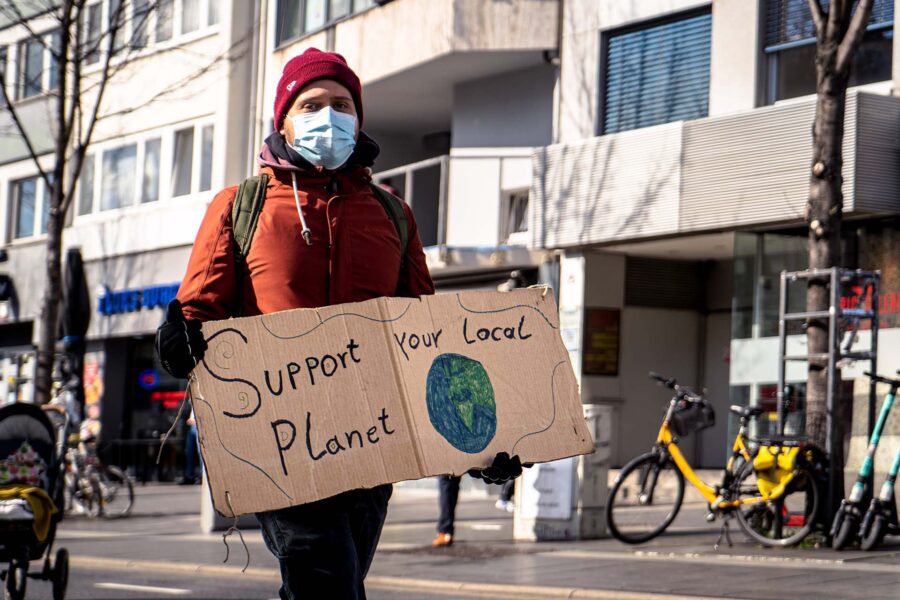
Benefits of Eco-Friendly Supplies
In today’s rapidly evolving global landscape, the urgency for sustainable practices has never been clearer. Eco-friendly supplies, particularly in the realm of packaging, stand out as a beacon of hope for businesses, consumers, and the environment. Here are some advantages of different packing materials:
- Renewable resources – many eco-friendly supplies are sourced from renewable resources, ensuring we don’t deplete the planet’s natural assets.
- Lower energy consumption – the production of sustainable packaging often requires less energy compared to traditional methods, leading to reduced carbon emissions.
- Non-toxic production – green solutions often involve processes free from harmful chemicals. It ensures that neither the environment nor consumers are exposed to toxic substances.
- Biodegradability – they are often biodegradable, breaking down naturally without leaving lasting residue. This property stands in stark contrast to plastics and other non-biodegradables that persist in the environment.
- Compostability – some green packaging options can be composted, turning waste into a resource that enriches the soil.
- Higher recycling rates – sustainable solutions often have higher recycling rates, ensuring that they are reused and repurposed rather than discarded.
- Volume reduction – eco-friendly packaging can be more compact and efficient, meaning that even if disposed of, they occupy less space in landfills.
By investing in sustainable supplies, businesses position themselves as forward-thinking entities keen on paving the way for a brighter, cleaner future.
Contribution to Resource Conservation and Promoting a Healthier Planet
The shift towards resource conservation plays a pivotal role in ensuring the longevity and health of our planet. By mindfully managing and efficiently using our natural resources, we ensure their availability for future generations. We also curtail the detrimental environmental impacts associated with over-extraction and wastage.
This ethos of conservation directly correlates with a reduction in deforestation, minimized water depletion, and decreased greenhouse gas emissions. Furthermore, by advocating for sustainable practices and recycling, we reduce the strain on landfills and decrease pollution.

What Types of Eco-Friendly Packaging Materials Are There
As the world’s consciousness shifts towards a more sustainable future, the moving industry is undergoing a transformative change. Eco-friendly supplies are no longer a niche market. They’re setting new industry standards and narratives around sustainability. It signifies a commitment to global well-being, emphasizing that profitability and environmental responsibility can and should go hand in hand. Let’s explore some of these innovative solutions further.
Biodegradable Packing Peanuts and Cushioning
The traditional styrofoam peanuts, notorious for their persistence in the environment, are now taking a backseat. The modern, biodegradable packing peanuts are crafted from organic compounds like cornstarch and wheat. Unlike their predecessors, these can dissolve in water, making disposal easy and eco-friendly.
Additionally, there’s a growing trend in biodegradable cushioning which is made from materials that can break down naturally over time. These cushioning options ensure that products are protected during transit without the long-term environmental harm associated with non-biodegradable alternatives.
Recyclable Cardboard Boxes and Containers
Cardboard has always been a staple in the packaging world. What’s changing, however, is its composition and recyclability. With advancements in technology, manufacturers are producing cardboard that contains a significantly higher percentage of recycled content. This means fewer trees are cut down, and less energy is consumed in the production process. These boxes and containers are designed for multiple life cycles, where they can be reused, broken down, and repurposed.
Renewable and Natural Fiber Wrapping Materials
Moving away from traditional plastic wraps, industries are gravitating towards wrapping solutions derived from renewable sources. Things like bamboo, hemp, and sisal are not only sustainable but also have the added advantage of being biodegradable.
Reusable Fabric and Cloth for Wrapping Fragile Items
Traditionally, fragile items have often been shielded by single-use bubble wrap or foam, which end up as waste after serving their purpose, contributing to environmental degradation. In stark contrast, fabrics like muslin, cotton, or even silk can be wrapped tightly around delicate items, offering a cushioned layer of protection.
Not only do these substances prevent breakages, but they also eliminate the issue of waste generation associated with disposable supplies. Once the belongings arrive at a new place, the cloth can be unfolded, washed if necessary, and reused, promoting a cycle of sustainability.

Biodegradable vs. Recyclable – What’s the Difference
Biodegradable solutions have the remarkable ability to break down naturally over time, thanks to microorganisms that digest and decompose them into harmless components. This process releases no harmful byproducts and returns the material to the environment in a harmonious cycle.
On the other hand, recyclable options are those that can be collected, processed, and reprocessed into new products, conserving valuable resources and reducing waste. Proper recycling involves sorting supplies correctly to ensure their suitability for reuse. Both biodegradability and recyclability play pivotal roles in minimizing our ecological footprint.
Check the video below on biodegradable and non-biodegradable waste.
What Kind of Sustainable Packing Practices Can You Employ
One approach is to opt for minimalistic packaging that uses only what’s necessary, eliminating excess waste. Employing biodegradable or compostable materials ensures that packaging can naturally break down without leaving a lasting footprint.
Utilizing recycled materials helps conserve resources and reduces the demand for new supplies. Embracing lightweight designs not only reduces transportation emissions but also minimizes the overall materials used. Additionally, promoting package reuse or offering refilling stations can significantly cut down on single-use packaging.
Tips for Properly Sorting and Disposing of Supplies
Begin by familiarizing yourself with local recycling and waste disposal guidelines, as regulations may vary. When sorting, separate recyclables like paper, cardboard, glass, and plastics from non-recyclables. Rinse containers before recycling to prevent contamination. Keep in mind that composting organic waste like food scraps and yard trimmings can significantly reduce landfill waste and enrich the soil. Remember to donate usable items rather than discard them.
In the end, hazardous materials such as batteries, electronics, and chemicals require special handling, so be sure to locate appropriate disposal centers for these items. Surely, some of those items shouldn’t even be transported, as they fall into the category of items movers won’t move.
How to Upcycle or Repurpose Supplies After the Move
Cardboard boxes of different sizes can be transformed into creative storage containers for items like your shoe collection, seasonal decorations, or even a makeshift playhouse for kids after relocating to the new home. Also, when booking storage facilities or even hiring movers for the shipping of your belongings, you’ll need to protect your belongings. So try to use biodegradable bubble wrap or packing paper as cushioning for delicate and fragile items.
Old newspapers can be creatively repurposed as a protective layer for surfaces during relocation preparation. Reuse packing materials like foam peanuts and air pillows for future transitions or donate them to charities or local shipping stores. Wooden pallets can be turned into unique furniture pieces or garden accents.
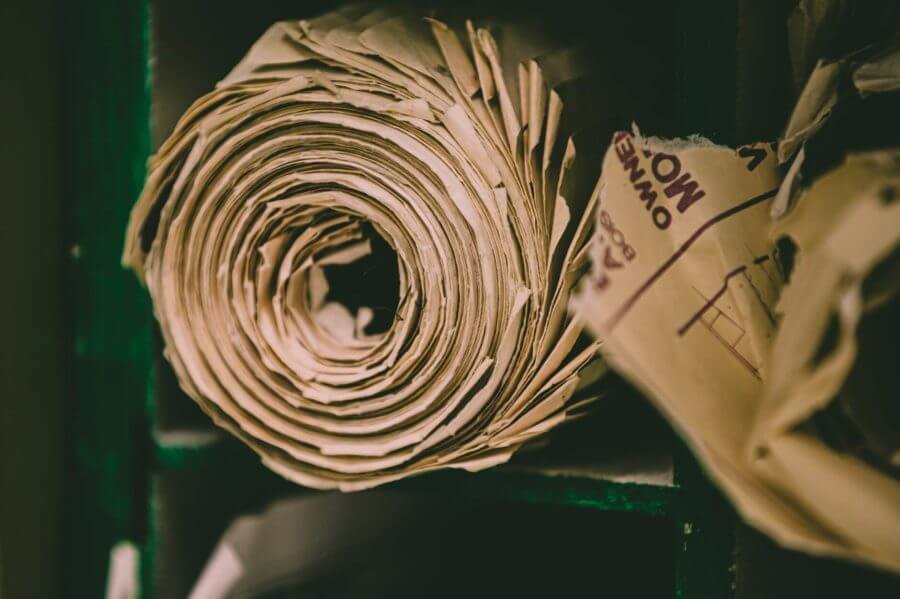
How to Choose the Right Eco-Friendly Materials
When choosing eco-friendly packing alternatives, it’s crucial to assess their environmental impact. Determine their biodegradability, recyclability, and whether they are made from renewable resources. Equally important is evaluating the durability and protective properties of these green options to ensure smooth and safe relocation of your belongings.
Practicality should be balanced with sustainability, so opt for materials that meet both criteria. Tailoring your choice to your specific long-distance moving needs is key. Delicate items might require extra cushioning, while sturdy and large items can be packed in simpler materials.
Where to Find Eco-Friendly Packaging Materials
Many local retailers and stores now offer sustainable packing supplies, ranging from biodegradable bubble wrap and recycled cardboard boxes to compostable packing peanuts. These establishments cater to environmentally conscious consumers seeking greener alternatives.
Additionally, online marketplaces provide a vast array of green packaging options, enabling you to conveniently browse and choose materials that align with your sustainability goals. For a comprehensive approach, consider choosing moving companies that prioritize sustainability. These companies often provide not only packing materials but also expertise in environmentally friendly and efficient moving practices. It allows you to integrate eco-consciousness into your entire moving cross-country process seamlessly.

Should You Ask Your Cross-Country Movers if They Use Eco-Friendly Supplies?
If you are booking cross-country moving services, keep in mind that the Cross Country Movers team will bring our own packaging materials. We encourage you to connect with our crew and inquire about our packing services. By choosing us, you’re not only aligning with your values but also making smart moving solutions. Together, we can make a positive impact on both your move and the planet.
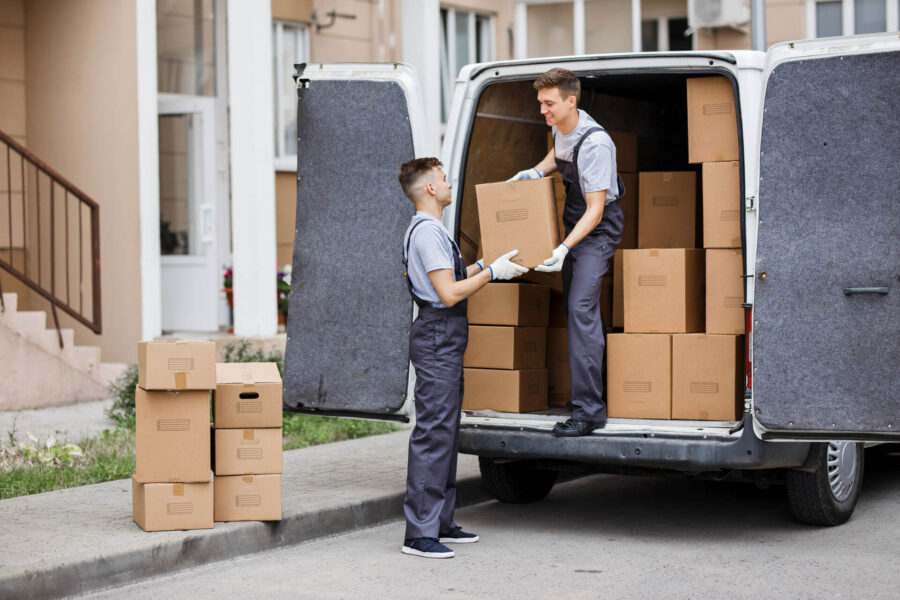
Making the Move Green Is Possible
In the world of moving across the country, the journey towards a greener future is within reach. At Cross Country Movers, we believe in making sustainability a cornerstone of our services. We understand that your relocation is not just a change of location but also an opportunity to contribute positively to the planet. Contact us today to explore how we can partner together to make your relocation stress-free and an inspiration for a greener tomorrow.
FAQ
How Can I Ensure That the Eco-Friendly Materials I Choose Are Suitable for Protecting My Belongings During the Move?
When selecting green supplies for your relocation, it’s important to prioritize both sustainability and the protection of your belongings. Look for options that offer a balance between being environmentally conscious and providing adequate cushioning and support. Consider supplies like recycled paper, biodegradable bubble wrap, or corrugated cardboard, which can offer the required protection while reducing your ecological impact.
Where Can I Find Eco-Friendly Packaging Materials for My Move?
You can find them from a variety of sources. Local office supply stores, packaging supply retailers, and eco-conscious retailers often offer sustainable packing options. Additionally, online marketplaces provide various choices, from biodegradable packing peanuts to recycled cardboard boxes.
Can I Use DIY Solutions for Creating Eco-Friendly Packing Materials?
DIY solutions can be a creative way to contribute to sustainability. Reuse old newspapers, cloth scraps, or linens as cushioning options. You can also repurpose items like clothing or towels to wrap fragile items. Just ensure that the solutions you choose provide sufficient protection during transit.
Are There Any Challenges or Considerations I Should Be Aware of When Using Eco-Friendly Solutions?
While they offer numerous relocation benefits, there are considerations to keep in mind. Some of them might be less durable than traditional options, so ensure proper padding for delicate items. Also, make sure to familiarize yourself with proper usage guidelines to maximize their protective properties.
How Can I Properly Dispose of or Recycle Eco-Friendly Supplies After the Move?
After relocation, it’s important to dispose of or recycle these supplies responsibly. Many of these options can be recycled through local recycling programs. Biodegradable substances can often be composted if they meet composting requirements. Be sure to check local recycling guidelines and facilities for proper disposal methods.
Are There Moving Companies That Specialize in Utilizing Green Solutions and Practices?
Yes, there are legitimate moving companies that specialize in using these supplies and practices. These companies often offer a range of sustainable options, from supplies to transportation methods. Research and reach out to ones who prioritize the health of our planet to ensure your relocation aligns with your green views and goals.

